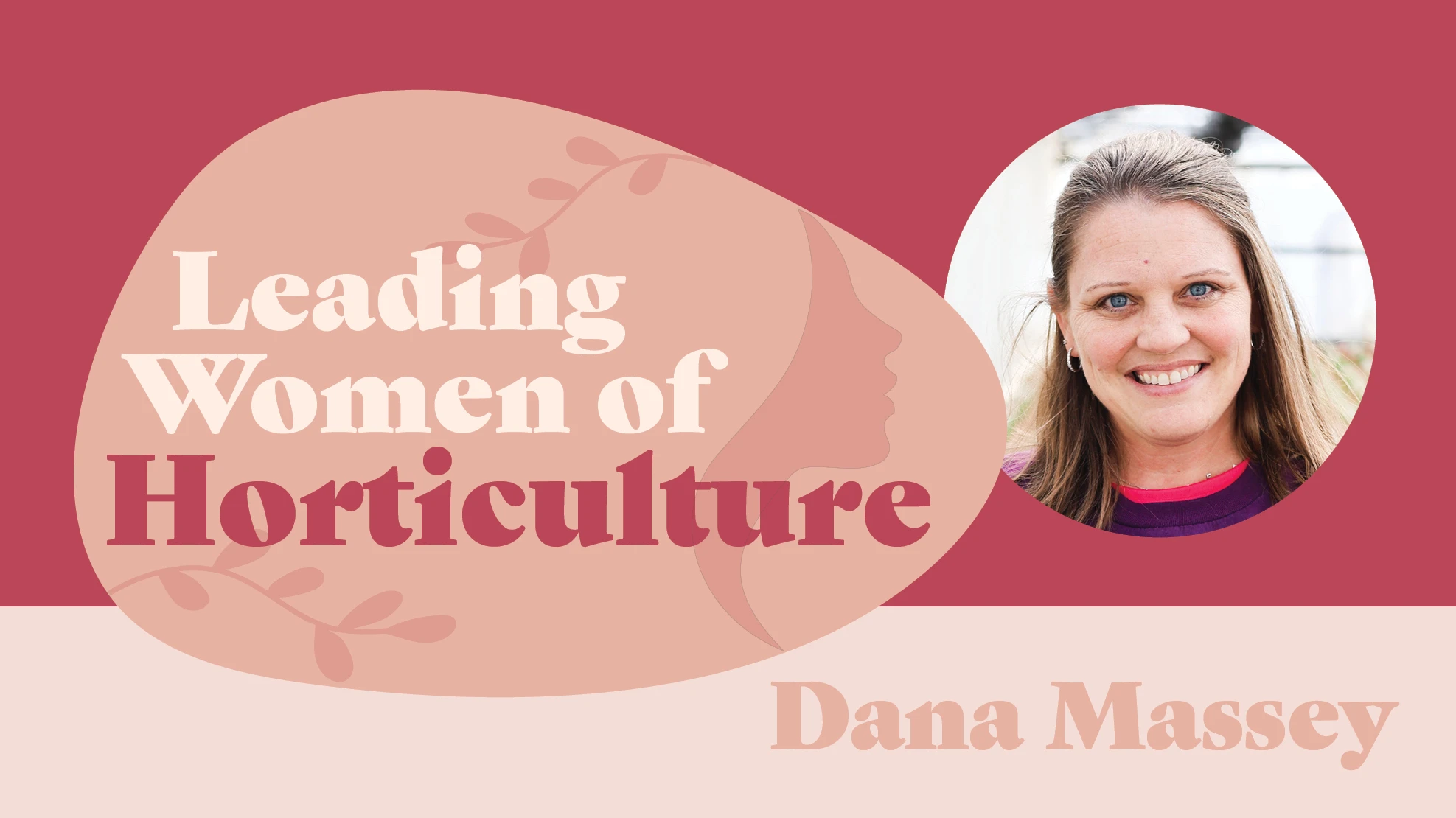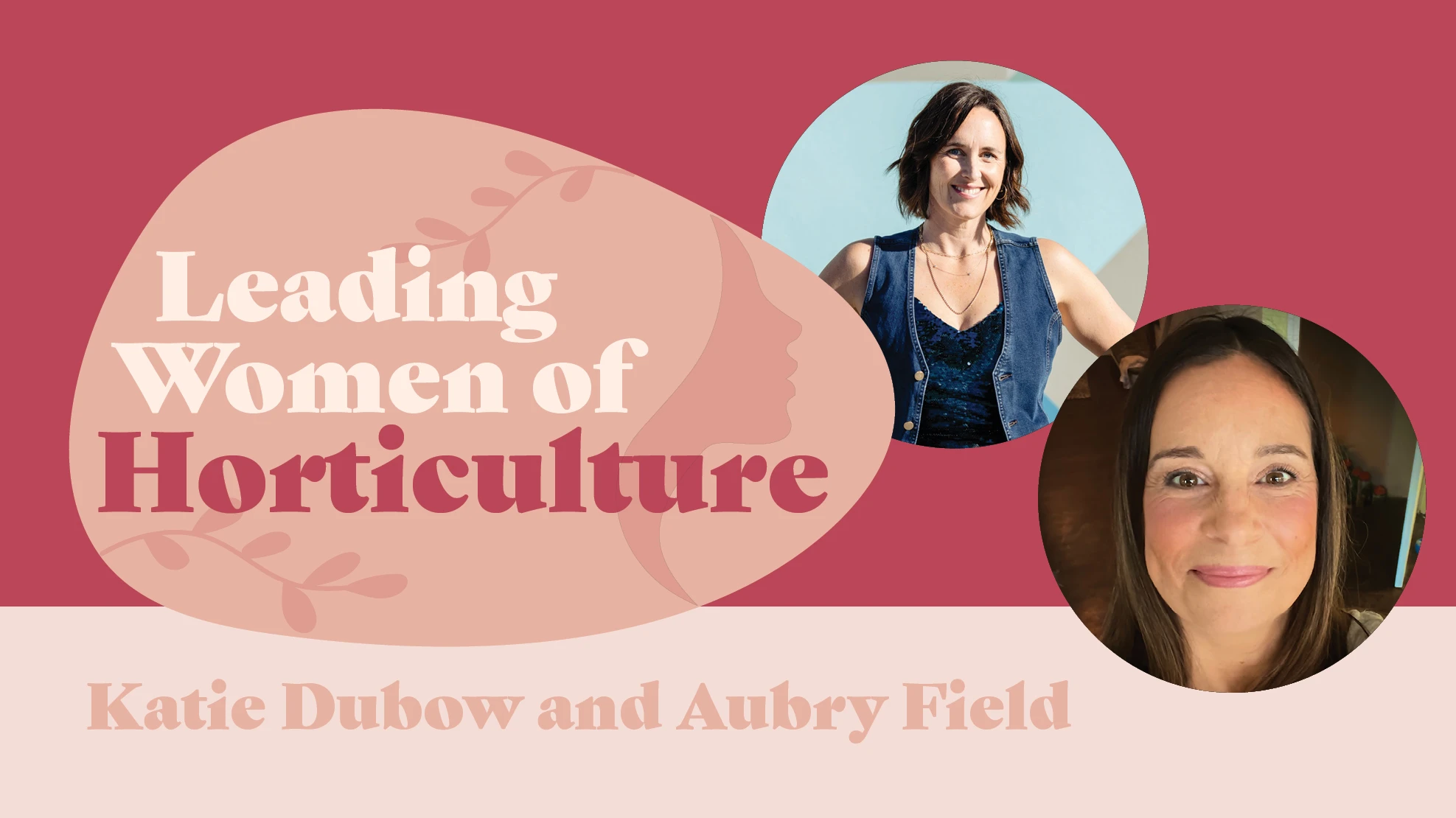

Last year, Lynde Greenhouse & Nursery saw orders for several items offered in its holiday fundraising sales program — including staples like the ever-popular red poinsettia as well as specialty evergreen décor — nearly double, or even triple, over sales from 2015.
“We typically sell around 60 to 80 of our evergreen hanging baskets, which are filled with evergreens and berries and meant to hang outside, but last year, we sold almost 300 of them, and our red poinsettia fundraising sales went from 900 to over 1,500,” says Kate Barnard, customer service representative for Lynde, based in Maple Grove, Minn.
Lynde’s success illustrates what many independent garden centers across the country already know: fundraising programs can boost sales and build connections to the local community in a way that’s mutually beneficial.
“Lots of times, schools and other groups will come in asking for donations, and we just can’t donate every time,” says Kate Terrell, general manager at Wallace’s Garden Center in Bettendorf, Iowa. “Instead, we’ll hand them our fundraising order forms and brochures and encourage them to partner with us to earn some of the money they need.”
Planning is key
Making your fundraising program successful takes careful, year-round planning. Lynde begins planting their poinsettias — they offer red, pink, and white in 6.5-, 8-, and 10-inch sizes, as well as six novelty colors, including ice crystal and red glitter, in 6.5-inch pots — the week of July 4. And, as soon as the last poinsettia is delivered in mid-December, it’s nearly time to begin planting for their spring fundraising sales, which include 4-inch premium annuals, 6.5-inch perennials, 10- and 12-inch hanging baskets, and more. “We start planting for spring from the middle of January through March and April,” Barnard says.
In addition to the strict, carefully timed planting regimen, Barnard and Terrell recommend developing an equally well-planned communication strategy when setting up partnerships with area non-profits. Both Lynde and Wallace’s send out their fall/winter sales information to school PTAs and extracurricular groups as soon as school gets back into swing in August — because that’s when money-raising tends to be top of mind.
“We try to send those emails out as soon as groups are beginning to have their first back-to-school nights and first PTA meetings of the year,” Terrell says. “And while we’re sending them the information about our fall mum sales, we go ahead and include the information about winter poinsettia sales at the same time so they can be thinking ahead.”
Barnard tries to set fundraising sales deadlines at least a month before anticipated delivery dates to allow ample time to enter sales, plan delivery routes, check truck availability, and ensure enough product is available. “We used to have the orders due just two weeks prior to shipping, and we found that that was just too hard on our production and warehouse staff,” she says.


Let partner groups lead
Both Lynde and Wallace’s sell plants to fundraising partners at wholesale cost. They allow the nonprofits to set their own sales prices for the products, though they advise them to keep the sales price roughly equal to retail. “We don’t want our customers to feel upset that they paid $20 for a poinsettia through a fundraiser that they could come to our store and get for $9.99,” Barnard says.
The nonprofit groups should take charge of finding volunteers to help distribute or deliver the products. “We get everything labeled, get it on the truck, and our driver will deliver and unload, but then it’s up to the group to get volunteers to distribute the items,” Barnard says.
Distribution can be one of the biggest challenges in the whole process, especially if you’re dealing with tropical poinsettias in sub-zero weather. “There’s an education component that comes into play,” Terrell says. “You have to explain to people that we have to deliver to a heated room and that you can’t leave the plants outside.”
Specialize or offer a variety?
Wallace’s has traditionally preferred to streamline their fundraising options, offering just three products: fall mums (in red, yellow, bronze or purple); holiday poinsettias (in red, white or pink); and $20 gift cards, available year-round. However, Terrell plans to expand their offerings to some hanging baskets and 5-inch annuals on a trial basis with a few partner groups this spring — based on repeated demand.
On the other end of the spectrum, Ace Greenhouses, a wholesaler based in Flemington, N.J., offers an expansive variety of plants during its four fundraisers throughout the year, with the sales forms for its popular Easter and Mother’s Day fundraisers spanning dozens of options and multiple pages. In addition to poinsettias, Ace’s holiday fundraiser includes cyclamen, paperwhites, amaryllis, and even Christmas cactus, while its biggest fundraiser of the year — its Mother’s Day sale — offers not just hanging baskets and flats but also multiple varieties of vegetables and herbs.
Sometimes, the most unusual or unexpected fundraising item turns out to be the one that snags the most customer attention. One of Lynde’s most popular fundraising sellers for spring is its DIY veggie kit, which offers 18 vegetable varieties complete with a layout of how to arrange and plant the starters for best success.
So, whether you plan to stick to a few products or offer many, the trick is finding which approach best supplements your company’s retail and wholesale efforts, without overwhelming them.


Build your client base and increase traffic into your store
New owners Rashmi Baberwal and Deepthi Bapathu purchased Ace Greenhouses about a year and a half ago. When they took over the 37-year-old wholesale company, they knew that fundraising had been part of its tradition for roughly 35 years, so disbanding the division was never considered. In fact, they viewed Ace’s fundraising specialization as one of the best things about its business model.
“We still wanted to keep fundraising as a key piece because it offers us a set of customers that we can have along with landscapers, garden centers, and other growers,” Bapathu says. “Fundraising offers us a different set of customers that we still need.”
Wallace’s and Lynde both recently added fundraising program information to their websites, a move that has helped increase awareness of their programs, especially for customers outside their immediate service area. But both Terrell and Barnard feel the secret to their programs’ success has been in cultivating partnerships with schools and extracurricular groups in the areas immediately surrounding their garden centers.
“I think one reason why our fundraisers have been so successful is that we are in an area where we have roughly 20 elementary schools, plus two middle and two high schools, within 10 miles of our store,” Barnard says.
To capitalize on Wallace’s nearby client base, Terrell had many of her fundraising partners pass out mum vouchers, rather than the actual mum itself, as a means of increasing foot traffic into her store.
“The hope was that, when they stopped in the store to pick up their pre-paid mum, they might grab a pumpkin or another mum to go along with it,” she says.

Keep it simple with gift cards and vouchers
If the logistics of delivery and pre-planning seem overwhelming, beginning your fundraising program with gift cards and percentage-sales flyers is an easy way to get into the market.
“I try to push our partners toward our gift card fundraiser,” Terrell says. “It’s just so easy. You sell 100 gift cards, and you simply hand off a stack of envelopes to one person. Plus, not everyone may want a poinsettia, and this way they can come into the store and pick what they really want.”
Lynde also offers a gift card fundraising option, selling $25 gift cards to non-profit partners for $21.25, allowing groups to make $3.75 for every card sold. In addition, Lynde offers a “Ticket to Green” fundraiser, in which non-profit groups can pass out flyers that allow the group to receive 15 percent of the sales for a given week. The only catch is that they can’t distribute the flyers on site at the garden center.
“We’ve been doing Ticket to Green for about five years, and we have typically only done it in the spring,” Barnard says. “But we’re going to try doing it this winter as well. It’s a great option for smaller groups who want to do an easy, simple fundraiser.”

Explore the December 2017 Issue
Check out more from this issue and find your next story to read.
Latest from Garden Center
- Brand Spotlight: Growing Sweet Success in Small Spaces with Butterfly Candy™ Buddleia
- Super Charged Moon Juice from Moon Valley Nurseries now available nationally
- 2025 Proven Winners Horticulture Scholarship applications now open
- Leading Women of Horticulture: Anna Ball, Ball Hort, and Terri McEnaney, Bailey Nurseries
- Dümmen Orange North America celebrating 25th anniversary in 2025
- Illinois Landscape Contractors Association changes name to Landscape Illinois
- Leading Women of Horticulture: Arden Pontasch, North Creek Nurseries
- Spring Meadow Nursery's Freedom Shelley finds joy in plants








